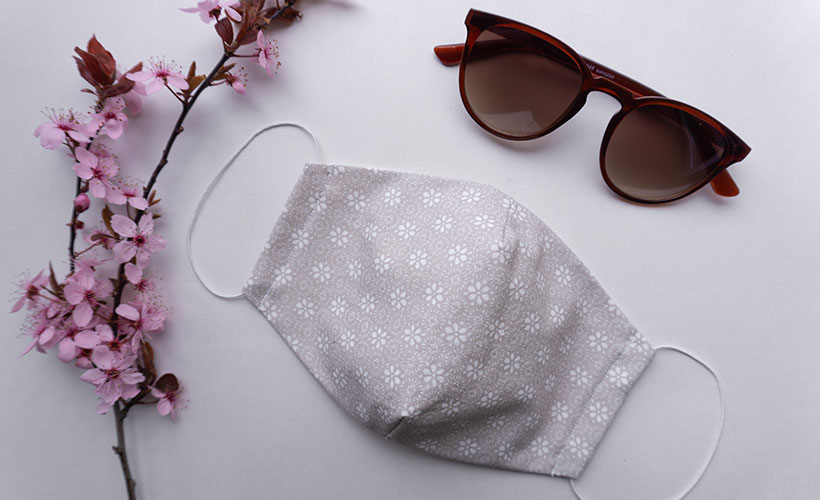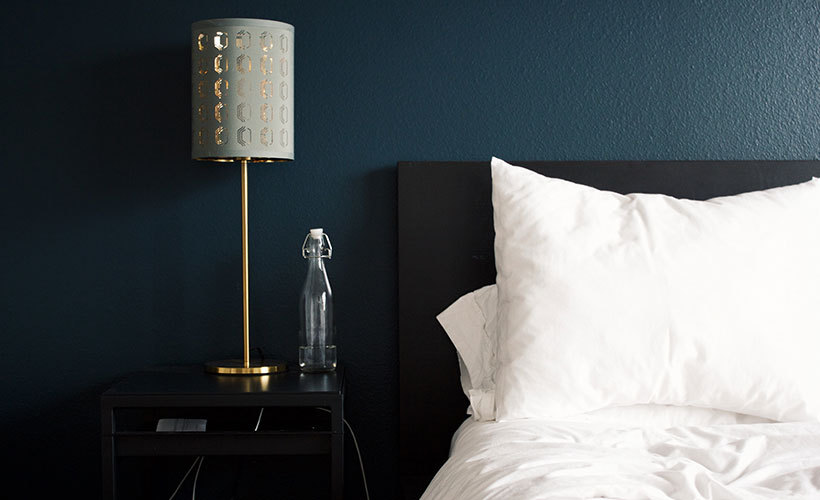
The inability to travel (thanks for nothing, COVID-19) has had us down in the dumps for months. But now, seeing that the world is opening back up and travel is getting back on track, we’re looking at our next getaway to shake off the lockdown blues. The new normal of face masks and hand sanitisers may not be difficult to manage in car rides or on trains and buses, but how does one go about managing one’s supply, use, and disposal of face masks during a flight, especially long haul?
Before you set off on your travels, it’s best to check with your airport and airlines on the health and safety rules they’re enforcing during this time. Some may be stricter about the enforcement of said rules, and some may not, but for your own safety, we recommend that you wear a mask at all times. Most major airlines have made face masks a mandatory feature, and some provide passengers with hygiene kits containing masks, along with other supplies like gloves, sanitiser, and antibacterial wipes. However, you shouldn’t expect to be supplied with these items, and should have them on you regardless.
What kind of mask should I wear on my flight?
Some people may prefer disposable masks, while others take to cloth masks. Either one is fine, as long as you are wearing one. According to the American Centers for Disease Control and Prevention (CDC), wearing a face-covering in general is considered ‘source control’ as it prevents respiratory droplets from travelling when people talk, cough, or sneeze. This is especially helpful in instances when people are unable to maintain social distancing.
Some essential factors in your choice of mask should be how well it fits your face, how comfortable it is to wear, as well as its breathability. If you’re using a cloth mask, one that is 100 per cent cotton is your best bet, as they also enable your skin to breathe while reducing the chances of you getting maskne (mask acne). Cloth masks are also more environmentally-friendly, as they reduce the impact of waste and climate change caused by the use and production of disposable masks which are single-use.
If you’re not sure of which mask you should be wearing, watch this video:
How do I know a masks fits well?
If it covers your nose, mouth, and chin entirely, your mask is a good fit. It should also be a close fit around your ears or behind your head, with no gaps whatsoever. The presence of any gaps will render your mask less effective at protecting you.
Should I wear a mask throughout my journey?
The short answer is: yes. While aircraft cabins are quite safe according to Airbus, it helps to further diminish the chances of spreading and contracting COVID-19. Because of the close proximity of people on an aircraft, the mask – along with diligent hand sanitisation – acts as a barrier that reduces the risk of person-to-person transmission.
How long can I wear my mask?
For disposable masks, it is advised that you change your masks every three to four hours, or even as soon as your mask starts feeling damp. Cloth masks may be slightly more durable – six to seven hours – but you should also have spares on hand so you can change when necessary. There are people who believe that wearing masks for long periods causes health risks due to the excessive inhalation of carbon dioxide, but this has been debunked by this reputable online fact-checker, as well as many healthcare professionals who have said that the most likely issue you’ll face is a headache.

What if I need to eat or drink?
Of course your mask will have to be removed to eat or drink, but once you take off a disposable mask, make sure you get rid of that used mask properly (preferably into a Ziploc bag or lidded bin) and have another one ready to be quickly put on once you’re done. Make sure your hands are clean before you remove your mask, while you eat and drink, and before you put on a new mask.
Important to note: we’ve heard that some airlines require you to pre-book your meals, some only serve pre-packaged snacks, and others have suspended food service completely. Remember to check up on this with your airline before you travel, so that you are able to bring your own food and drinks should they not serve anything.
Why can’t I reuse my mask?
Simply put, it’s unsanitary. If you are wearing a disposable mask, it should be thrown away once you have removed it. If you wear cloth masks, you should have a few on hand so that you are able to rotate them.
How do I clean my cloth mask?
A cloth mask, although more durable than a disposable one, should be washed – ideally in hot water and with detergent – after every use. Many detergents have fragrance and ingredients that can cause skin irritation, allergic reactions, or breakouts. Try to use a fragrance-free detergent, but if unable, give your cloth mask an extra rinse in plain water to get rid of the fragrance. Do not use fabric softeners and bleach, or spray disinfectant to clean your cloth mask because inhaling these substances over prolonged periods can cause headaches.
Since you’re not able to wash your cloth mask on the aircraft, remember to bring spare masks in your carry-on. In addition, bring additional filters for your cloth mask.
Should I wear a face mask at the airport?
The short and simple answer is yes. Seeing that it is, after all, a public space, you should practice hygiene and social distancing as you would anywhere else!
Follow Zafigo on Instagram, Facebook, and Twitter. Sign up to our bi-weekly newsletter and get your dose of travel tales, tips, updates, and inspiration to fuel your next adventure!



